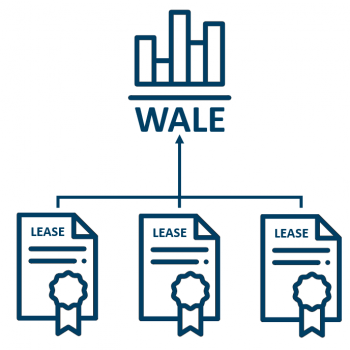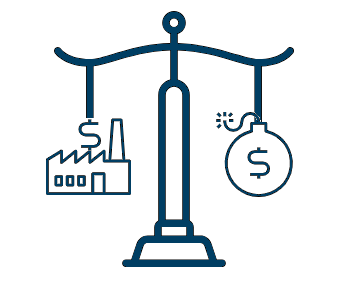Effective interest is perhaps the truest description of interest payable by a borrower.
It refers to the total annual (or monthly) cost of interest, taking into account the monthly, weekly or daily compounding of interest.
In this way, it differs to nominal interest – which can understate interest payable.
Example calculation of effective interest
A lender lends money at 15% p.a. effective.
The monthly interest calculation is therefore ((100% + 15%) to the exponent of (1 / 12 months)) – 1 = 1.171%.
The calculation is not 15% divided by 12 months.
That is because the interest compounding monthly at 15% / 12 results in “interest on interest”.
Compounding the answer by 12 months will result in an annual interest rate of 16.075%.
The calculation for this is [ (100% + 1%) ^ 12 ] – 100%
Quick calculations using Excel
To convert:
- Nominal interest to effective interest, where nominal interest is expressed as an annual value: = (1 + (annual interest rate / 12 months) ^ 12) – 1
- Nominal interest to effective interest, where nominal interest is expressed as a quarterly value: = (1 + (quarterly interest rate / 3 months) ^12) – 1
- Effective annual interest to nominal: = (1 + effective annual interest rate) ^ (1 / 12) x 12 months. The first part gives you the monthly rate. The second part transforms it into nominal









